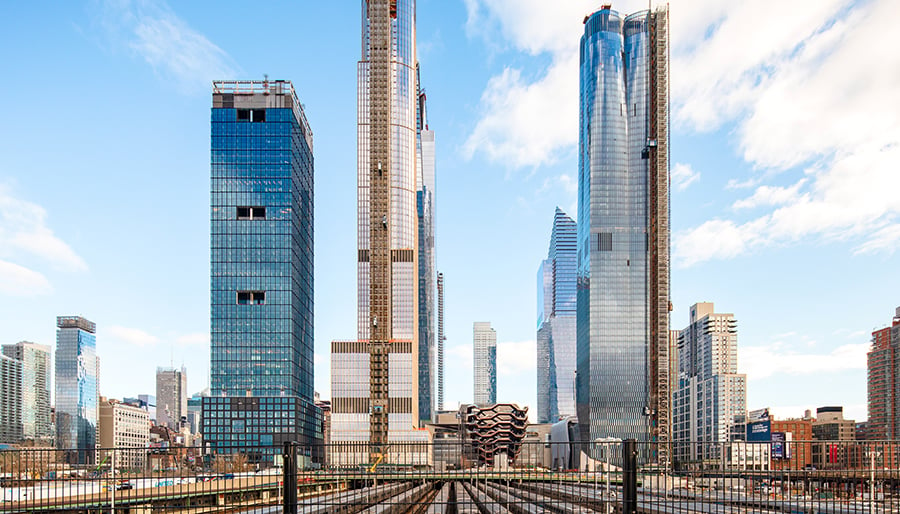
February 5, 2019
Hudson Yards Promised a High-Tech Neighborhood—It Was a Greater Challenge Than Expected
While Hudson Yards delivers on some advanced infrastructure, its initial promises of urban data-driven management have (so far) proved more aspirational than practical.
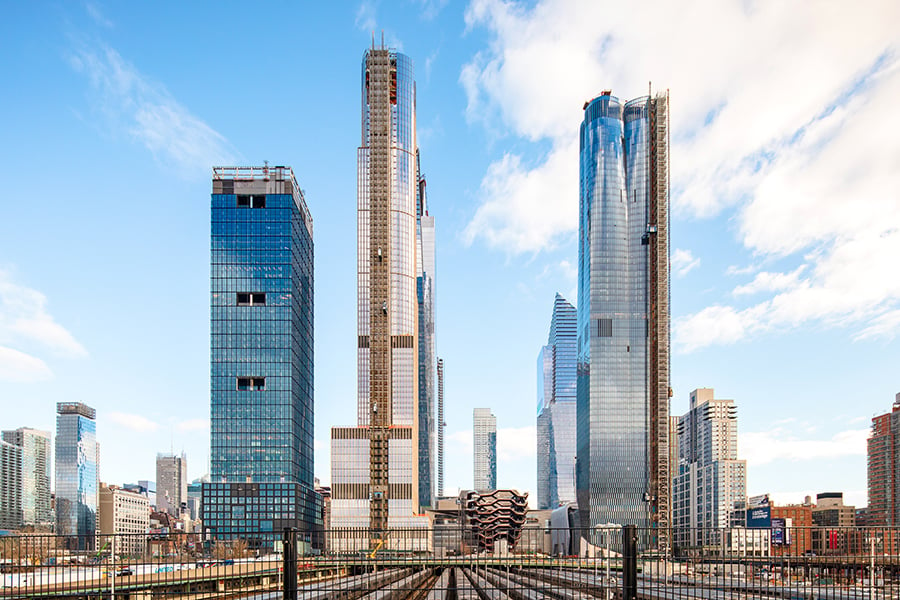
There’s something striking about the command center of America’s largest private real estate development, Hudson Yards, in that it’s actually pretty boring. The room—technically known as the Energy Control Center, or ECC for short—contains two long desks crammed with desktop computers, a few TV monitors plastered to the wall, and a corkboard lined with employee badges. The ceiling is paneled; the lighting, fluorescent. However, New York’s Hudson Yards was once billed as the country’s first “quantified community”: A network of sensors would collect data on air quality, noise levels, temperature, and pedestrian traffic. This would create a feedback loop for the developers, helping them monitor and improve quality of life. So where is the NASA-like mission control? Data collection and advanced infrastructure will still drive parts of Hudson Yards’ operations, but not (yet) as first advertised.
In 2008, when Related Companies was awarded the bid to develop the site (codeveloper Oxford Properties Group joined the project in 2010), New Yorkers were pledged a newer, better, smarter neighborhood that would be powered by a range of technologies. Some of that technology was to be hard infrastructure: Hudson Yards, largely perched over 30 active train tracks, would rest upon an intensively engineered and landscaped platform, and feature sustainable elements like a cogeneration plant, vacuum-tube trash disposal, and stormwater capture. (These elements did come to fruition, though the vacuum tubes will exist only in the Yards’ forthcoming western half.) But the development would also be a test bed for a network of sensors meant to provide constant updates to Related and Oxford. In a city known for grueling walk-ups and miserable subway commutes, data—it was promised—would make “live, work, and play” (as the marketing lingo goes) easy and adaptable.
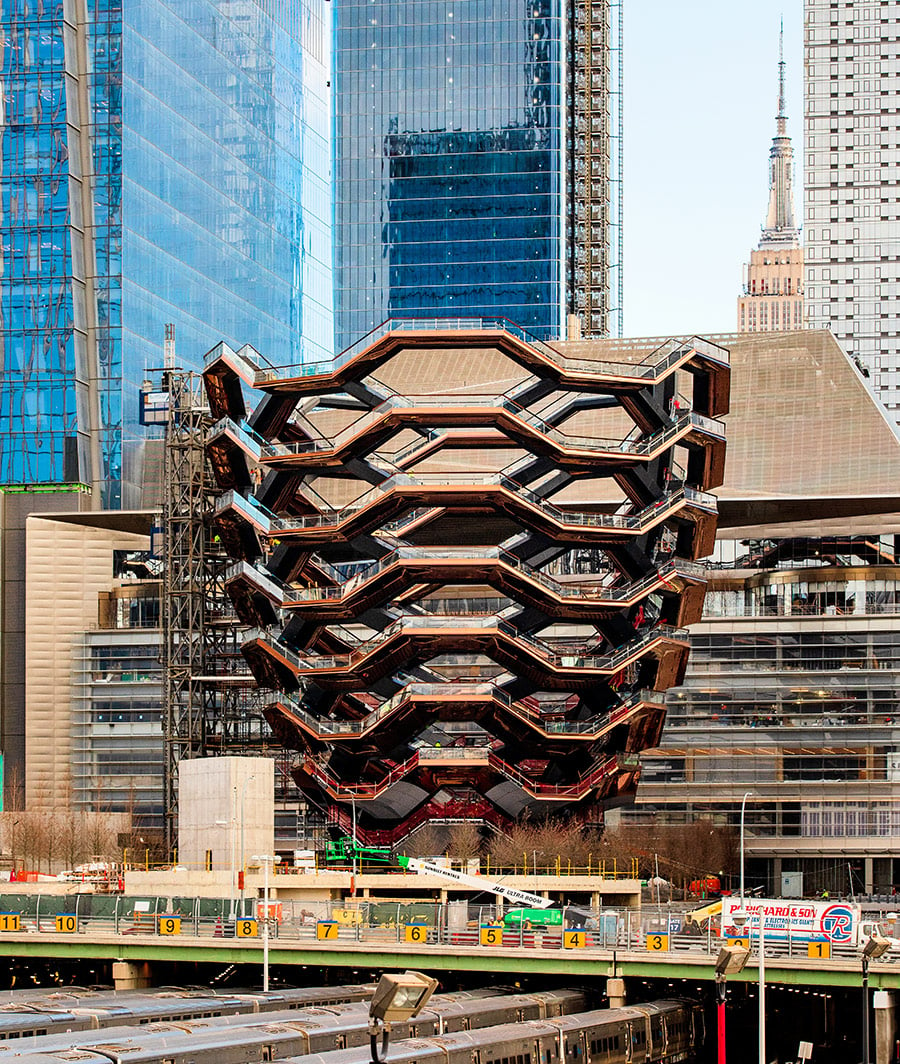
This high-tech focus came at a particular moment: the Bloomberg mayoralty, an administration that branded New York as a luxury product and saw data as key to its success. Shannon Mattern, professor of media studies at The New School, wrote in a 2016 Places Journal article that Bloomberg’s pitch for Hudson Yards was like “selling a vision of the future city.” This shining neighborhood would be an example of a “unique experimental environment” for testing new tools for collecting and analyzing urban data.
In a city with famously limited real estate, the Hudson Yards property would be a rare ground-up prototype for tracking energy use, traffic patterns, pollution, noise, public safety, and public health. To develop their plan, Related and Oxford partnered with the Center for Urban Science & Progress (CUSP), an NYU institute born of the Bloomberg administration that focuses on such urban data technologies. By measuring data comprehensively across an entire neighborhood (conveniently owned by a single private entity), Related and CUSP believed they could break new ground in the emerging field of digital urban systems.
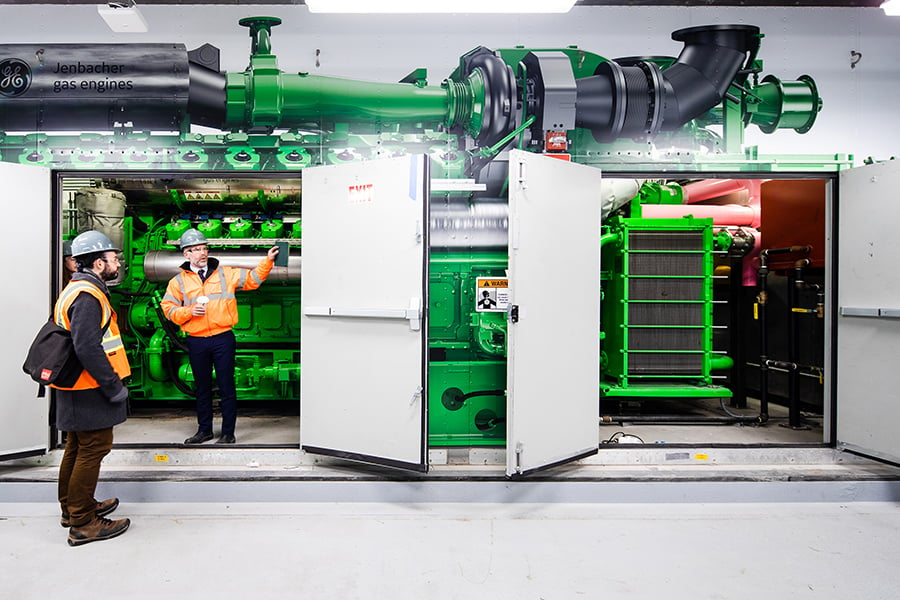
As it turned out, these designs were more aspirational than practical. Jay Cross, president of Related Hudson Yards, confirms they’re on hold. “We concluded that big data is probably the last thing we’ll get to,” he says. “It’ll be years from now before we’re in that world.” The developers have been occupied with the not-so-insignificant task of building a neighborhood. Technology has changed rapidly in the decade since planning began, Cross notes, and running data feedback loops or grappling with privacy concerns isn’t something the real estate company is equipped to tackle. If Related and Oxford were to install sensors, the collection and analysis of their data would be outsourced to a third party, he says.
If Hudson Yards—with a seemingly infinite budget and a blank slate—couldn’t build it, who can?
At least one company is trying, ironically from its headquarters at Hudson Yards. Sidewalk Labs, a project of Alphabet, Google’s parent company, was cofounded by Dan Doctoroff, the deputy mayor for economic development and rebuilding under Bloomberg and a key proponent of developing the Hudson Yards site. He’s spearheaded the most ambitious attempt at using big data to reshape urban life in Toronto, where Sidewalk Labs is developing its own ground-up smart neighborhood, dubbed Quayside. The tech giant hasn’t yet won the public opinion battle. “It’s proven to be a pretty challenging test bed, given that there’s a lot of pushback,” Mattern says.
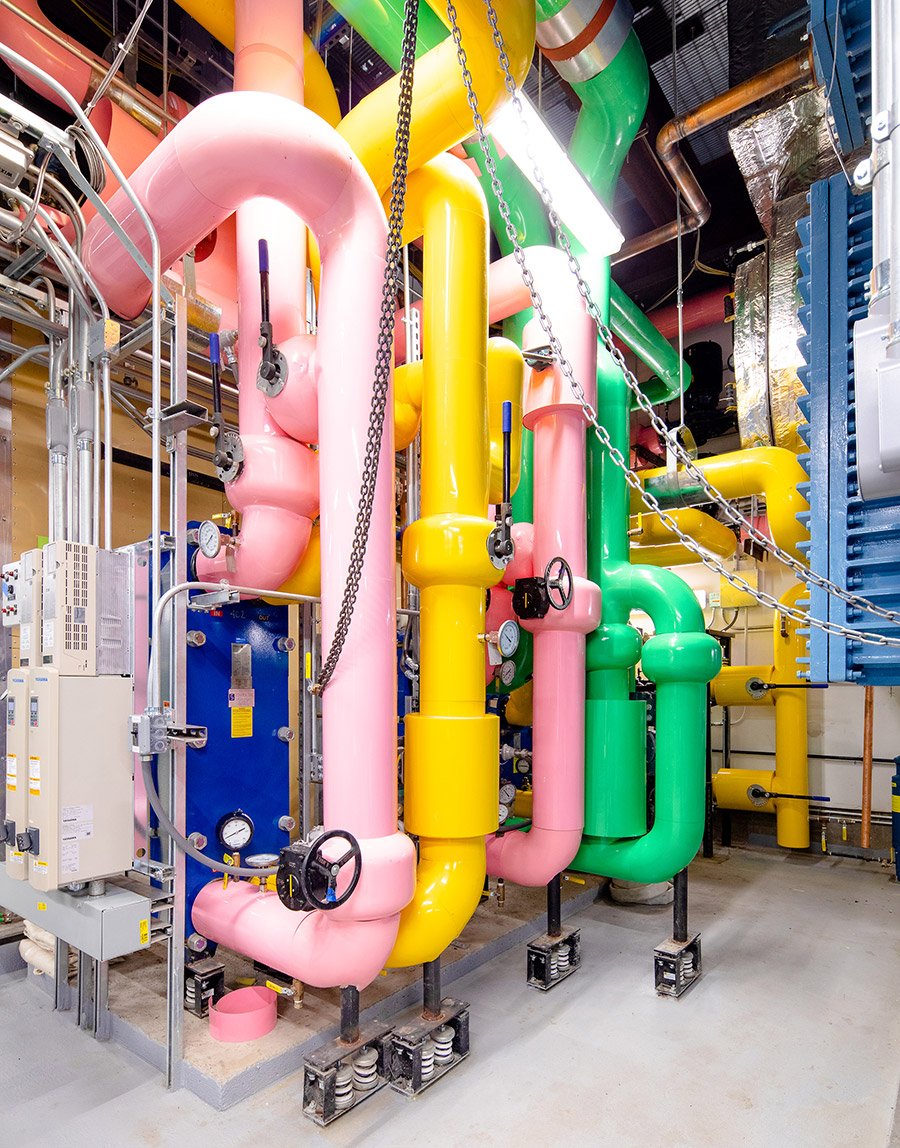
Back in New York, Constantine Kontokosta, assistant professor of urban informatics at CUSP and the NYU Tandon School of Engineering, who worked on Hudson Yards, doesn’t specify how the project will move ahead with its own sensors. He does, however, explain the challenges of moving past smart city aspirations to actual implementation. “We’re thinking about that digital infrastructure, then data and sensors as a way to collect information about how the neighborhood functions and the environmental surroundings,” he says. “There’s a lot of work that needs to be done to connect the two…. The reality is, nobody has demonstrated on the ground that they’ve used technology in such a way that the average person has actually benefited.”
Even though ground-up developments such as Hudson Yards seem like logical testing sites, Kontokosta points out that “large real estate companies are good at what they do, which is real estate and management, but they’re not data companies.” Another major issue is that time lines of construction and technology vary wildly. Still, Kontokosta sees opportunity in the baseline, tech-friendly infrastructure of Hudson Yards. “It’s about having the capacity to use [those sensors and analysis tools] for a variety of things when the time comes,” he says.
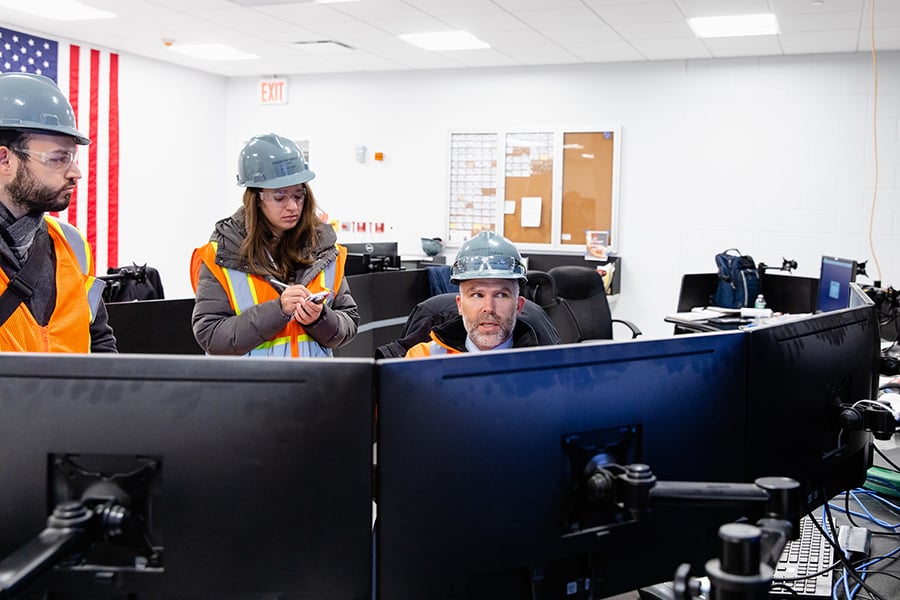
There are plans to roll out some high-tech amenities in the near future at Hudson Yards. Recently, Related partnered with the New York–based media and tech company Intersection (which counts Sidewalk Labs as an investor) to integrate several straightforward smart features as buildings open. For example, an app will let tenants track packages, pay rent, or make concierge requests. Touch-screen kiosks will provide visitors everything from basic wayfinding to tickets to 30 Hudson Yards’ observation deck. Currently, biometric fingerprint sensors let office workers at 55 Hudson Yards speedily move through the lobby’s security system. “We’re really focused on the experience of the visitor,” says Max Oglesbee, Intersection’s head of client strategy, about its tech-forward amenity package. “My hope in the design of this thing…is that as we observe, learn, and get feedback, the platform will allow us to affordably improvise and play jazz with the systems.”
While Related and Oxford have put grand aspirations of smart living at Hudson Yards on hold, the door remains open. Just how data collection might be integrated into this carefully crafted urban landscape will depend, at least in part, on what its residents want. At this moment, with so many revelations about the Googles and Facebooks of the world coming to the fore, it’s hard to know how people will feel about data collection in years to come. “We’ve been at this now for ten years,” Cross points out. “In that same time frame, when you think of what’s happened with technology, I don’t even think Uber existed ten years ago.”
Already in 2016, Mattern’s article had warned readers of how Hudson Yards might utilize data in its new urban experiment. “Some folks took my article and their response was ‘This sounds amazing! Can’t wait to move in!’” she says. “What seems to us to be a surveillance lifestyle…it’s not considered a trade-off for some people. It’s something you have to do to have the lifestyle you want to lead in a luxury development like that.”
“What I thought was a cautionary tale,” she adds, “other people regarded as a promise of a utopian future.”
You may also enjoy “CES 2019 Recap: The Technologies and Ideas Shaping Cities.”
Would you like to comment on this article? Send your thoughts to: [email protected]
Recent Viewpoints
Viewpoints
Sustainability News Updates for Q2 2025







